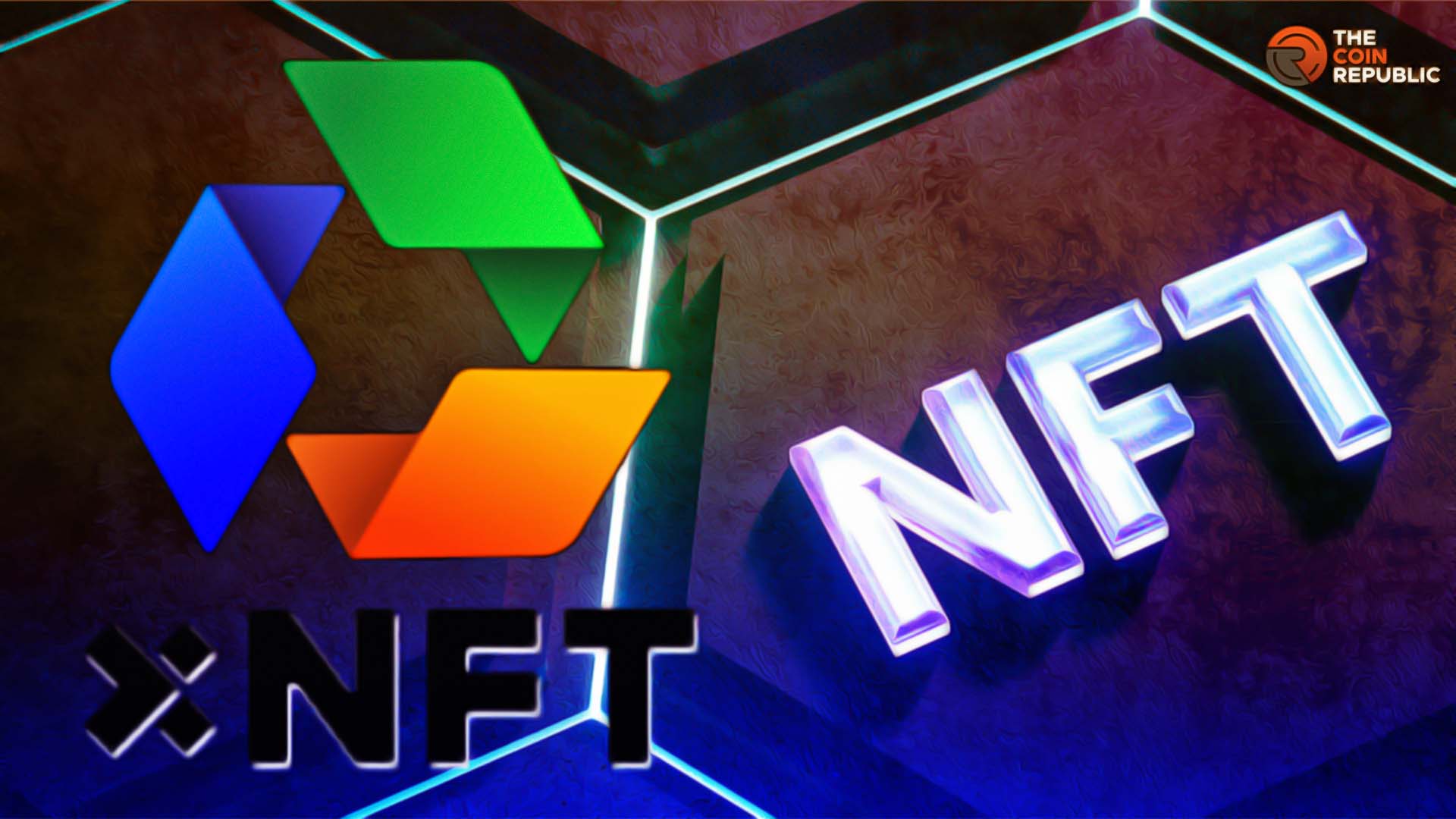On-chain scaling vs layer 2 scaling: What are the differences?
[gpt3]rewrite
You can find out a lot about a person by asking them if they think Bitcoin can scale on-chain. Even at a conference hyper-focused on highly scalable blockchains and the utility they enable, a poll of the audience is likely to reveal some starkly conflicting opinions.
Some will say yes; Of course, Bitcoin can scale on-chain. Others will say that it is impossible (or desirable) and that scaling on Bitcoin needs a layer two solution to work.
But regardless of your opinion on this question in 2023, you cannot escape the fact that Satoshi Nakamoto’s ambition was to have Bitcoin scale naturally: not only was this an explicit goal of Bitcoin, it necessarily follows from the ambition to serve as peer- to-peer electronic cash.
Undoubtedly, this was the spirit that Kurt Wuckert Jr., moderator of “On-chain vs. Layer 2 scaling: Explore the differences“ panel at the London Blockchain Conference, asked the assembled audience for a show of hands:
“Who Thinks Bitcoin Is Slow?” a flurry of hands went up before the follow-up: “Who likes to be lied to?” No one did.
Joined on stage by Connor Murray, Director of Governance at the BSV Blockchain Association; Seamus Andrew, solicitor and partner at Velitor Law; and Jack Davies, senior strategy manager at nChain, Wuckert took a tour of the arguments for and against chain scaling and tried to understand the persistent belief that it can’t – or shouldn’t – be done.
He began by asking the panel to try to define what makes something “Layer 2”. Boldly (but perhaps unsurprisingly), it was the only lawyer on stage who raised his hand:
“A Layer 1 transaction has to manifest itself on the blockchain,” Andrew said. “While there are all sorts of ways that Layer 2 purports to manifest on the blockchain, they’re not really on analytics, in my view.”

He was referring to BTC’s Lightning Network, the long-promised (“It’s been 18 months away since about 2016,” Wuckert joked) Layer-2 solution supposedly necessary for Bitcoin to scale on-chain.
“Lightning would be a possible example of layer 2, where you take Bitcoin off the blockchain, play around with it, those transactions are recorded on lightning, and they go back to the blockchain eventually” – but crucially, this is not the same as a transaction which manifests itself on the blockchain.
Perhaps miraculously, the tech minds on the scene largely agreed with Andrew’s definition.
“The difference is the immediacy of how you use the blockchain,” nChains Davies elaborated.
Davies explained that when you move to Layer 2 solutions, you start playing by a fundamentally different set of rules than in Bitcoin. At layer 2, says Davies, you’re dealing with Bitcoin Plus something else. He says this increases the “surface area at risk” rather than keeping everything at layer 1.
It all seems pretty simple, so why devote an entire panel discussion to this distinction?
Murray said this could be boiled down to two points.
“The first is scalability: this myth that Bitcoin couldn’t scale.”
The myth Murray refers to is almost archaic. It would be prehistoric if it weren’t for the fact that, by definition, it arose long after the release of the Bitcoin White Paper, which specified a scaling system and said nothing about the need for an additional layer for scaling. The myth is especially absurd when discussed on stage at a conference packed with applications built on Bitcoin that rely on exactly the kind of scalability that shouldn’t exist.

“The second is that there is a desire for anonymous transactions and obscuring the identities behind those transactions.”
In other words, keeping transactions on chain is disastrous for the wrong kind of person.
But as the panel discussed, removing them from the chain could also be disastrous. Wuckert asked his panelists what the real trade-offs are when adding the complexity of Layer 2 to the Bitcoin system.
“From a topological perspective, the nodes of the network form a tightly connected core, and when you send a transaction to layer 1, it’s instantly reflected,” Murray said. “In layer 2, it’s a mesh network – to get the transaction from a to b, you have to go from hop to hop. In Bitcoin, you’re talking 2 hops or less.”
Each additional layer therefore introduces another series of hops that must occur before a transaction is reflected on the chain.
“If you go back to a question one can ask oneself in any difficult situation – what would Nakamoto have done?” Andrew said.

“If you go back to the white paper, he specifically tried to eliminate the requirement for trusted third parties. One way to look at all these layers is that there’s a series of trusted third parties introduced into the system. In that sense, instead of eliminating the trusted third party, you introduce new trusted third parties, like the lightning network. You have to trust them to do their thing.”
Taking the opportunity to ask a clearly well-informed legal mind about the practical implications of this, Murray asked Andrew what some of the legal implications might be.
“I think that creates more legal complexity,” Andrew said. “The blockchain is an elegantly simple system. One of the purest objections I feel to moving from layer 1 is that you lose some of that purity. It dilutes the original Satoshi idea. Legally, it has consequences – you create a whole new network of contractual relationships and multiple layers of jurisdictional complexity if they are based in different jurisdictions, as they always are.”
“The big elephant in the room,” Davies adds, “is when you add new third parties, they’re aft of the underlying system, so you get this zero-sum game between the actual fees that the nodes can collect and what these other providers are doing. , because the end users have to share their money among themselves.”
It is clear that there are layers of absurdity in the philosophy of the chain vs. layer 2. Like the fact that, pointed out by Murray, despite being held up as the solution to a problem that arguably doesn’t exist, the scaling powered by Layer 2 pales in comparison to what has been shown to be possible with on-chain scaling protocols . like BSV – which offers the ability to process millions of transactions per second – as a start.
Or the fact that on-chain scaling was not abandoned because this imagined scaling limit was reached by early forms of Bitcoin.
“One of the first things to say would be that a lot of the bottlenecks … are bottlenecks that were theoretical. We didn’t move to layer 2 because we hit the bandwidth bottlenecks or the signature bottlenecks. It was more abandoned from a philosophical perspective: “We will don’t have large blocks for reasons that have nothing to do with scalability,” says Davies.

Why is the desire for layer 2 solutions so persistent?
In addition to the ideological (and criminal) reasons alluded to above, Murray suggests that part of it is a mistake with failure costs: “we’re at the point now where it hasn’t worked, so they keep trying to add . You are so invested in this narrative and this idea; you have rejected the other side: perhaps that is part of it too.”
Regardless of how we got to this point, there is one thing that on-chain scaling will always have on Layer 2 solutions: the truth.
“Layer 1 can be framed as a concept of truth. Only by going to a blockchain that runs on a consensus mechanism can you establish the verifiability of all facts,” Andrew said. “What we’re looking at at layer 1 is the truth. The blockchain is philosophically important just for that reason.”
Watch: London Blockchain Conference Will Showcase Real Blockchain Tools
New to Bitcoin? Check out CoinGeeks Bitcoin for beginners section, the ultimate resource guide for learning more about Bitcoin – originally envisioned by Satoshi Nakamoto – and blockchain.
[gpt3]



